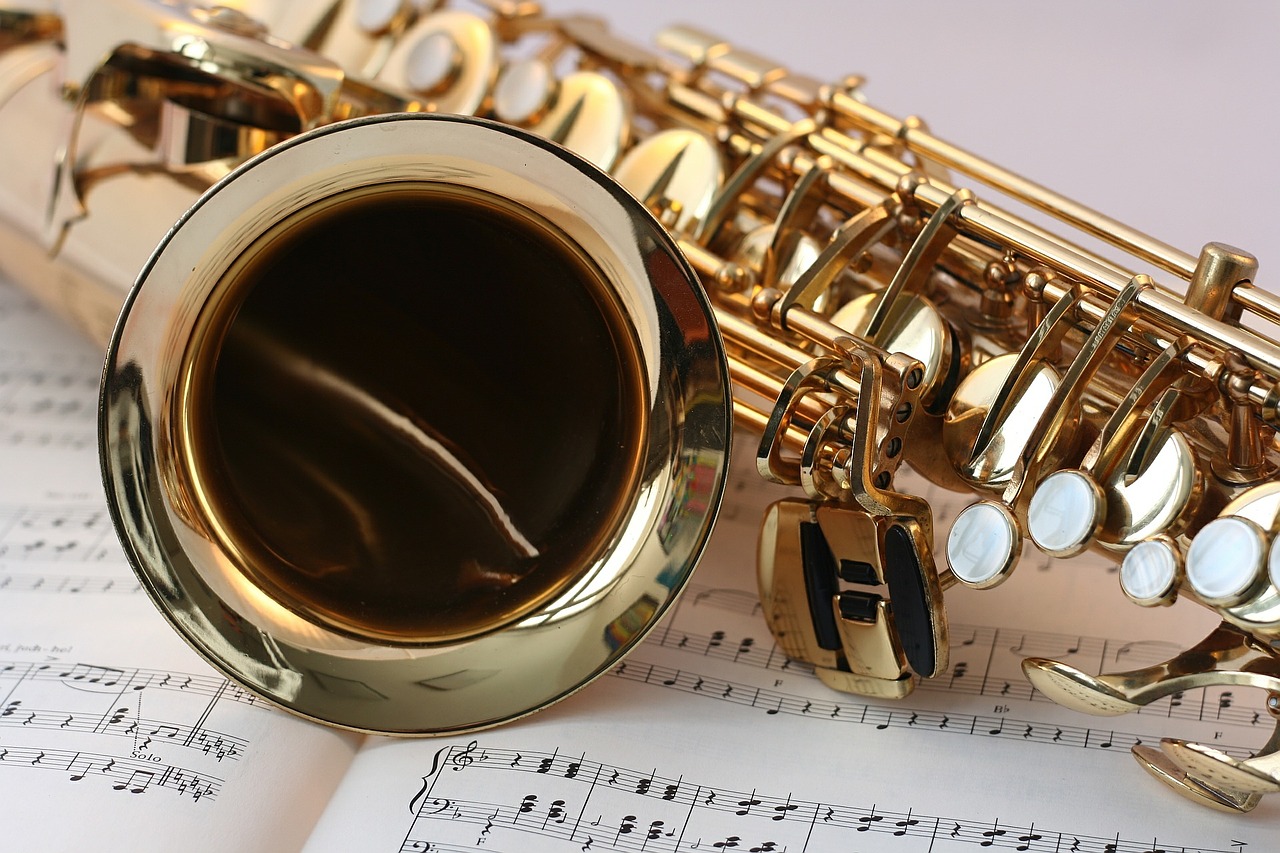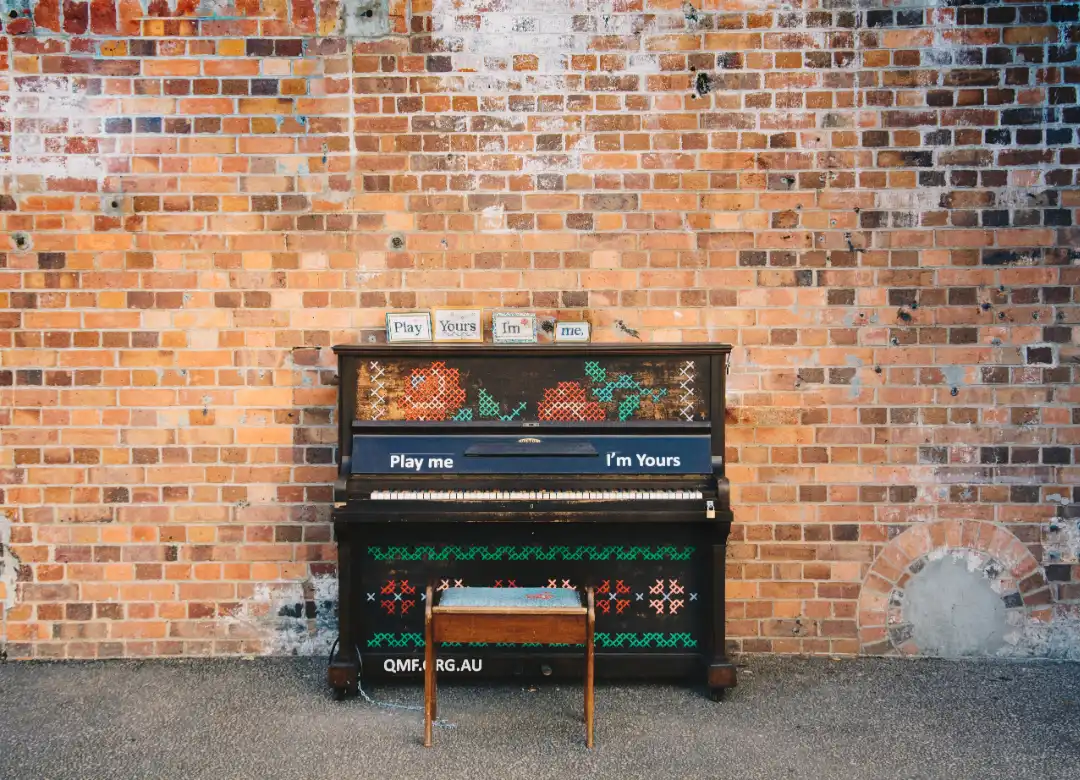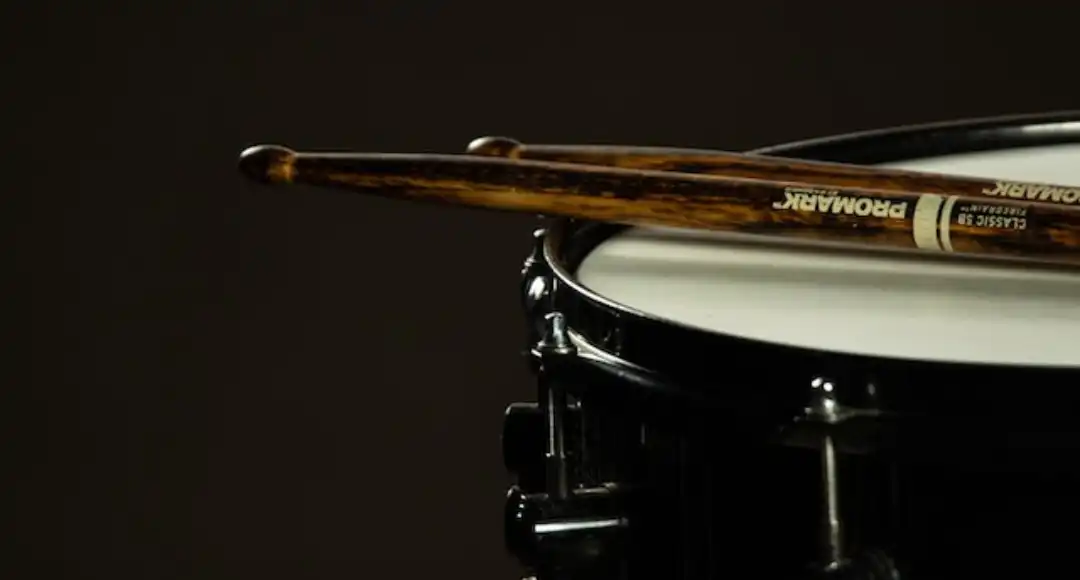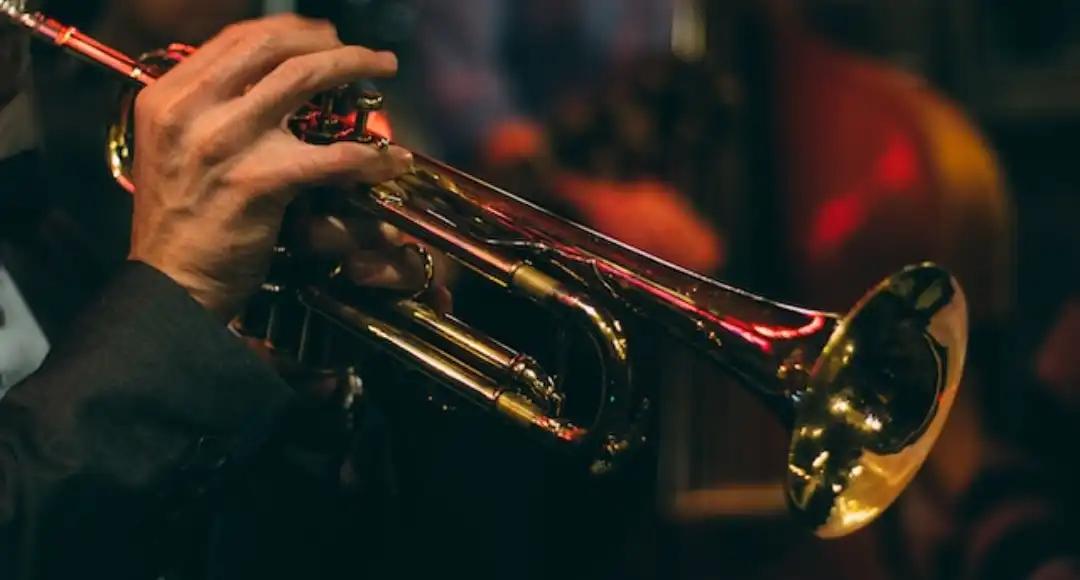Moving Musical Instruments: A Guide
July 18, 2017

July 18, 2017

Whether you are moving home with a single musical instrument or you are transporting an entire orchestra, you need to approach the packaging process with care. The last thing you want is for your instruments to end up damaged in transit. Unfortunately, this can easily happen if you are not prepared.
With that in mind, read on to discover everything you need to know about moving musical instruments.
There are a few general things you’ll need to know that apply to most musical instruments, so make sure you take heed of the below:
· Quality packaging supplies – Don’t cut corners when it comes to packaging supplies. One crack or fall can cause substantial damage.
· Large / small instruments – If you are packaging a small instrument, you can use a soft case. However, hard cases are required for something bigger, such as a double bass.
· Hire a reliable moving company – Musical instruments are not packaged in the same way; ideally, choose a company that has specialist knowledge in this area.
In addition to these tips, it’s a good idea to know the specific tips and tricks that will help with your instrument or instruments, which is why we’ve listed a few of the main items below.
It’s highly advisable to use the services of a professional when moving a piano. Not only is this for the purpose of protecting the instrument, but also for the benefit of your health. So many people cause damage to their back by attempting to move their piano by themselves.
When moving a piano, it is all about distributing the weight effectively. Pianos have delicate and light legs, yet they are very top heavy. You need to understand the way the weight is distributed if you are to move the piano successfully, as this will enable you to maintain the balance of the instrument throughout the moving process.
Of course, you don’t want the surface of the piano to end up dented or scratched, but there is a whole world of intricate detailing going on inside of the piano, and you want to keep this untouched. You could cause some serious internal damage if the inside ends up in a scramble.
You also need to ensure you have the correct equipment for moving your piano. You will need two furniture dollies, which will roll the piano across a flat surface. You will also need heavy-duty furniture straps for easier and safer carrying and lifting. Does your piano have metal casters? Don’t use these to roll the piano far – about two inches at the most! They are delicate, and they won’t hold the weight of the piano.
There are more issues to consider, including moving the piano across floors and into a van - so best to do your research and read more when learning how to move a piano!


It is important to handle string instruments with care, as they are more fragile than other types of instruments. You don’t want the sound boxes, bows, or fingerboards to crack. A mere speed bump could cause damage, which is why such instruments need to be handled carefully.
No matter whether you are packaging a guitar, cello, violin, or any other type of string instrument, you need to slightly loosen the strings before packing the instrument. Loosen them enough so the temperature does not strain them; don’t loosen them to the extent that the bridge falls over. You should also loosen the hairs from the bow.
You can then use bubble wrap to cover the instrument before you place it inside its case. Once you have placed the string instrument inside of the case, you should use a soft cloth or crumpled paper to fill up all of the empty spaces for more protection. If you leave any empty spaces, it will cause the instrument to move around and hit the wall of the casing. This can cause scratches on the instrument and sometimes even more damage.
A hard case is ideal because it will ensure that your instrument is safe from any moisture. And, if applicable to your instrument, turn all the turning keys so that they are parallel with the headstock. This is important because it means that nothing will snap them off.
Luckily, these instruments tend to have very robust parts. However, a mere dent or ding in just one part of a saxophone or clarinet could wreck the entire sound. This is why you should take the instruments apart completely, and then wrap all of the pieces in bubble wrap. Once you have done this, store the pieces in a hard case. These steps may seem very simple, but they are really important and they should not be overlooked. If you cannot get your hands on a hard case, make sure you wrap the instrument pieces in as many layers of towels and bubble wrap as possible to ensure they do not collide in transit.
Next we have percussion instruments, with drum sets being the most popular. The good news is that drums only need simple protection, but it is vital that you do follow these steps. Begin by getting your hands on a box that is a few inches bigger than the drum. Then, use bubble wrap to pad the bottom, top, and sides. If you have a big percussion instrument, like a marimba, don’t leave things to chance - choose a specialist company that has the experience to ensure your instrument will arrive safely.


Do you own any brass instruments such as a trombone, trumpet or french horn?
If so, don’t forget to remove the mouthpiece, as you will need to pack this separately. You will then need to wrap the instrument in plenty of bubble wrap and place it inside of its own case.
Hopefully, you now have a better understanding regarding how to move your musical instruments. Needless to say, packaging your instruments carefully is of paramount importance, no matter what type of instrument you are moving. However, there are certain instruments, such as pianos, that require specialist assistance. You should never leave things to chance, as you could end up causing serious damage to your instrument and serious damage to your health - the last thing you want is to end up with a heavy instrument falling on you.
For more tips and tricks, or to take the stress out of moving musical instruments, why not call us here at AnyVan – with our experience, we’re sure to take the stress out of your move, and ensure your instruments arrive intact too!